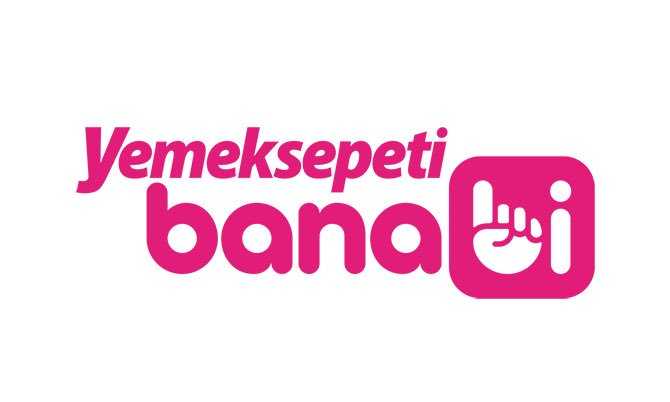Salesforce is one of many global services that Delivery Hero provides to its different global entities. Delivery Hero entities like Talabat (MENA), Yogiyo (Korea), PedidosYa (LATAM), ClickDelivery (LATAM), Foodpanda (APAC), Mjam (Europe), Online Pizza (Europe) and Pizza Online (Europe) are already onboarded to the platform. Users from our Sales, Customer Contact Centers, Finance, Legal and Partner Operations departments uses Salesforce, making it a major tech platform for Delivery Hero. The goal is that all entities will use Sales Cloud, Service Cloud and many other platform features offered by Salesforce. This article shows how we have been rolling out the Salesforce Lightning Experience for Service Cloud to three out of the seven entities during the past months.
Why did we switch to Salesforce Lightning?
Especially for our daily users of the Salesforce CRM, it was time to change to the Salesforce Lightning UI as it improves their everyday work, by removing multiple clicks and showing more information at one glance, for example. This allows our users to work much faster and efficiently.
Our priority was to rollout the Lightning experience to Service Cloud users (our users from Global Contact Centers, such as our Customer Care agents and their supervisors). Our users were very excited to be part of the journey by helping with testing and training fellow colleagues during our pilot program. Due to the high volume of orders each day, our contact centers had many opportunities to actually try out the new design.
How did we make it happen?
In order to get a better understanding of how ready our Salesforce instance was, we used the Readiness Tool provided by Salesforce. The tool generated a report in PDF format for both the Sales and Service Cloud. The report consists of the readiness of users and the suggested Salesforce features to switch. The majority of issues that were reported to us were on custom buttons, links, urls, visualforce pages and components that come with app exchange products such as New Voice Media.
Challenges – Testing – Solutions
Our first Lightning transition process looked relatively simple based on the outcome of readiness check report. We had to create Lightning pages for objects in use, create a trigger to handle case from chat creation, create several custom Lightning components to support business processes, and make sure to replicate email template automation. During this process we encountered three different technical implementation challenges.
Technical implementation Challenges:
Challenge 1: Standard Send Email Funtionality
The standard send email functionality on case object became a big issue due to the email template section based on each entity (brand), country and type. In addition to selecting the right template, support agents have to pick the correct email address and use the correct sender email address. Our contact center team heavily depends on this feature. In Classic Salesforce this was done with a url hack, where you create a custom button giving all the parameters in a url which is picked up by the system and applied. Lightning design doesn’t support the solution, hence we needed to come up with a new solution. We developed a quick action based solution by overriding “Default Handler for Email Action” with dynamic custom, although it took us several iterations.
Challenge 2: Case Reason component
A custom Lightning component was developed to help the customer care agents traverse through a three-level dependent picklist from a bottom-up approach instead of a standard top-down approach. An auto-complete search bar is provided to the agents to select the appropriate Case Reason Level 3 out of 300+ picklist values. The respective Level 2 and Level 1 is selected automatically based on the selected Level 3.
If needed, they can still select the data in a hierarchical manner, i.e, Level 1, Level 2 and Level 3. Additionally, there is a feature to navigate through and select the options from the search results through arrow keys.
Challenge 3: Create a case dynamically for every incoming chat
For every incoming chat we are creating a case through dynamic flows for better tracking, sharing purpose and follow-ups if required. The field mapping and default values to create a case are developed using trigger and configurable values for each entity. So, it is more agile and dynamic to support complex processes around the case object.
Testing Challenges:
The main challenge that we were facing during the testing phase was the testing of real-time scenarios in a dynamic environment. Moreover, we had to test Case Reason Dependencies while delivering a high quality application in a short amount of time.
These are standard Salesforce functionalities which you would assume all work out of the box. However, on second sight it wasn’t that easy after all.
In order to overcome these challenges and as part of our user rollout strategy, we gave only access to a few, selected users (champions), that were eager to try out a new Salesforce design and were able to switch back and forth from the Lightning to the Classic design during the testing phase. This helped us a lot, since these users were not afraid to try out the new technology and were still able to use Salesforce without any problem for their daily tasks. This was very important, especially to our customer support team, since they have to be very responsive and can’t allow even a few minutes of downtime.
The champions were power/super users who were the first ones to be trained on new features and then acted as brand ambassadors to support their fellow colleagues. As their feedback was extremely valuable to us, we engaged them as early as possible in the testing. We really appreciated their positivity throughout the rollout of the project despite some internal changes in the business structure.
Here we can show some examples of the Classic Salesforce interface versus the Lightning experience.
Salesforce Classic:

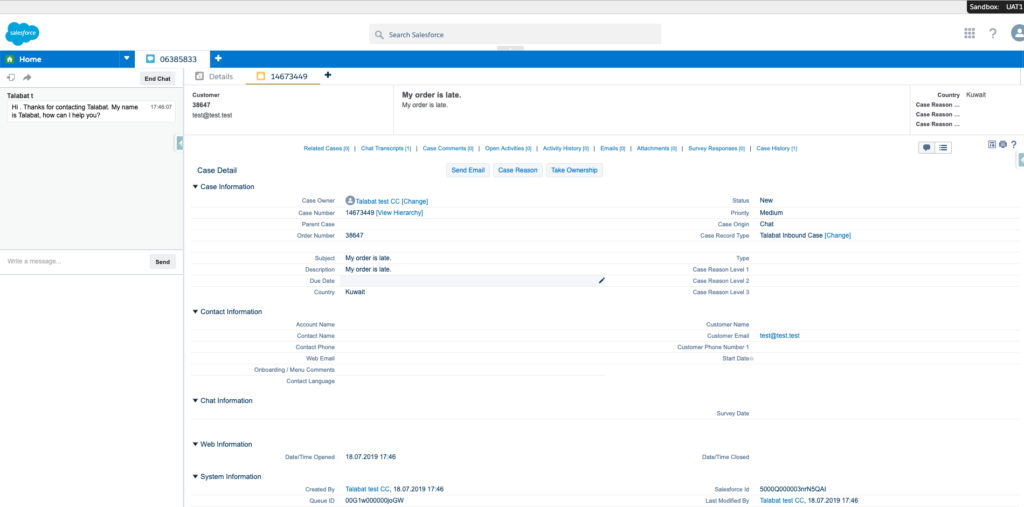
Salesforce Lightning:
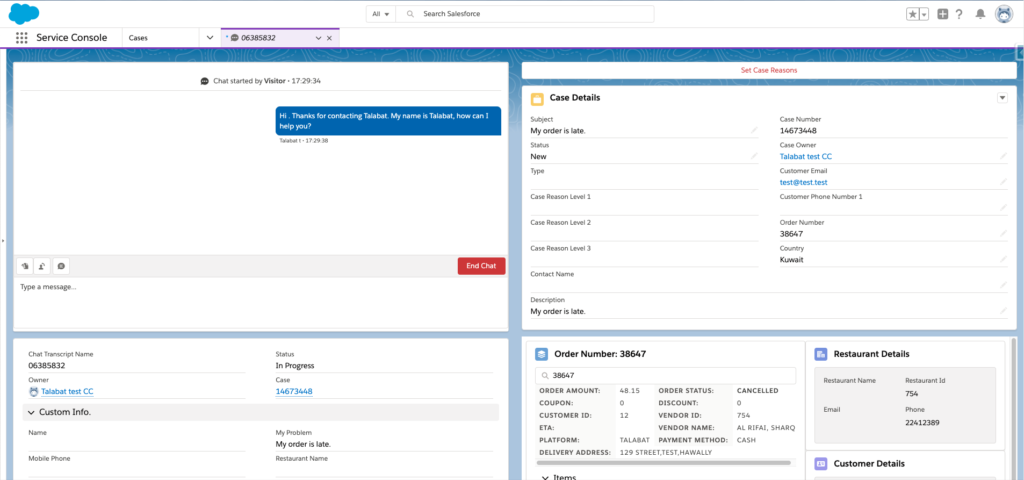
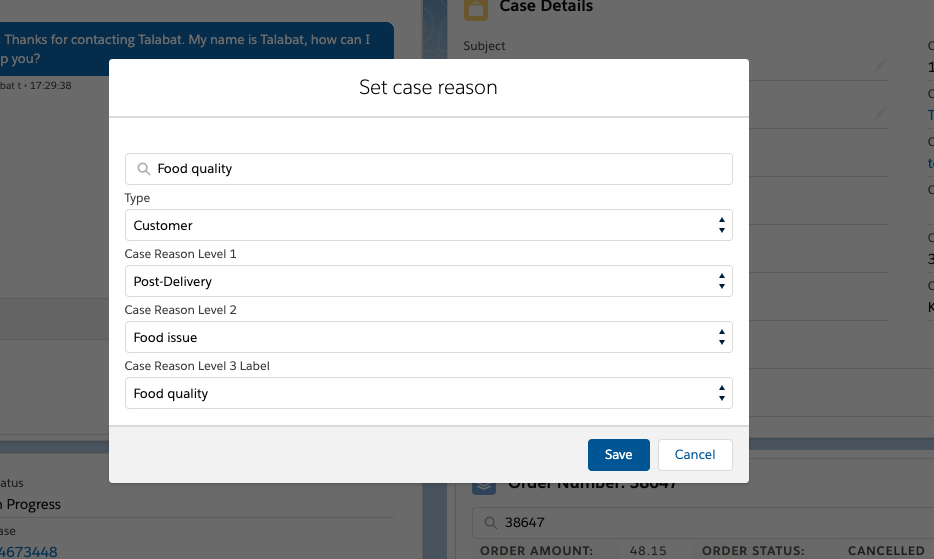
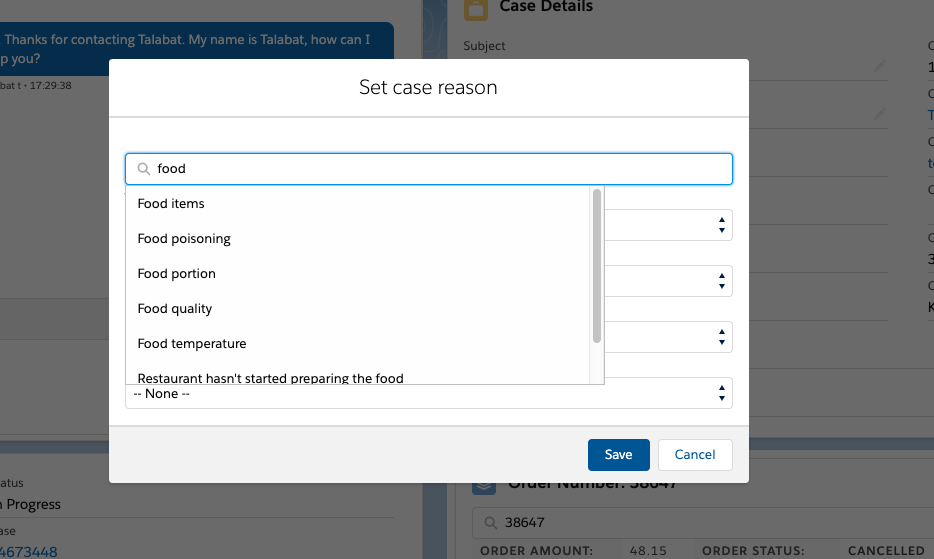
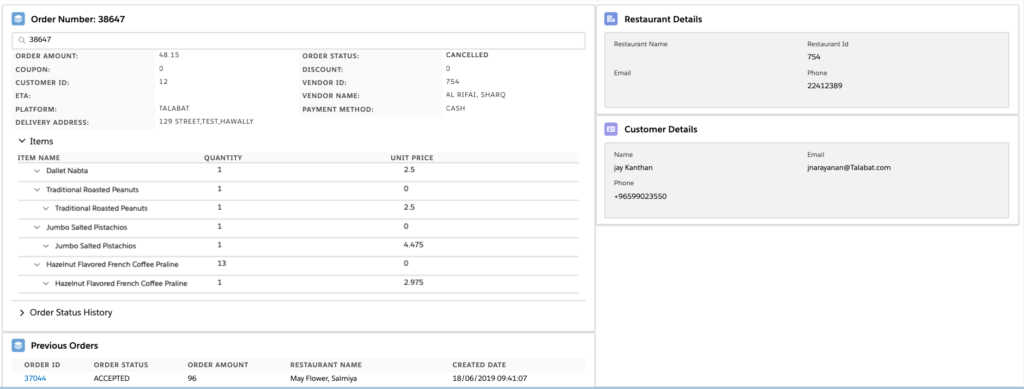
Feedback from Stakeholders
From the beginning of this project, all users (agents/supervisors/stakeholders) were involved in the process. It was important to us to work closely with them to guarantee not only a smooth transition from Classic to Lightning but also to make sure that they have a better user experience that helps them to work more efficiently.
During the implementation, the product was constantly improved by taking into account the suggestions and needs of our champions. Hence, our end users were satisfied with our results during the rollout. A major improvement for our customer service agents now is that they have all necessary information they need to file a ticket in our system on the same page as their chat with their customer. This helps them a lot to react faster and solve the issue of a customer more efficiently.
The overall feedback from the end users is positive. They are happy with the new user interface as it is more intuitive and improves their daily work a lot.
In addition to the great user experience, they mentioned that the support throughout the project from our Salesforce and Global Contact Center team was a decisive factor that contributed to the successful implementation.
Aside from the good feedback, we also received improvement requests. While some aspects are already done in production, others will be worked on during the upcoming quarter. These are some examples of what we still have to work on:
- Service agents will have all necessary information readily available in a single page to improve average chat closure time with customers, instead of them having to navigate through different pages/applications to view required data to respond.
- Add on the Chat page: “log a call” which is the possibility for an agent to submit a note about a call on the case record and to introduce a field to indicate the case owner.
- Adding a search box for case reasons that are not case sensitive.
- Add a close chat tab when the chat is ended.
Recognition from Salesforce
Not only did we get great feedback from our stakeholders, we also received an award from the Salesforce Service Cloud Customer Advisory Board for having turned the most agents into Customer Service Heroes!
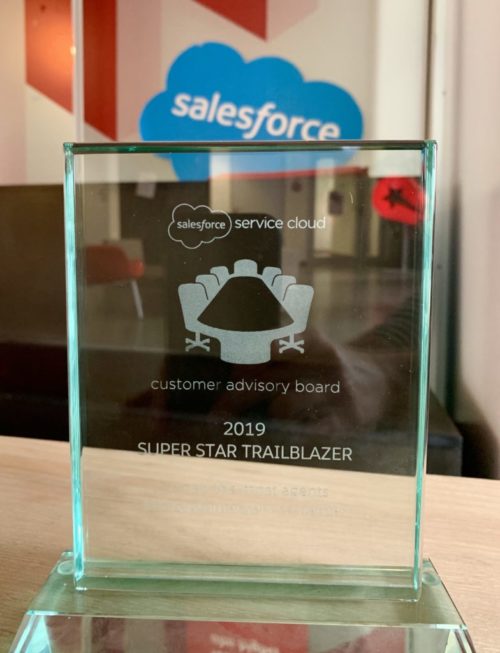
Future road map
This was a great beginning! The future road map looks very exciting for us. As mentioned initially, the Lightning experience enablement is one of many interesting features to rollout. We have identified many more new features that we would like to implement and that synchronize perfectly with the Lightning experience. These are our upcoming goals:
- Rollout Lightning experience to remaining regional contact centers.
- Ready for a bigger challenge – Lightning experience rollout plan for Sales Cloud users.
- Provide a more intuitive UI to customer care agents for quick case resolution.
- Ensure support for Salesforce Classic throughout the transition – expect the unexpected!
- Ensure new features like contract document generation, e-signature, mail and calendar events synchronization with the Lightning experience.
- Guarantee all future onboardings of new entities/countries only with the Lightning experience.
We are looking forward to it!
If you are interested in joining our Salesforce team, have a look at our current positions:
Salesforce Tech Lead – Sales Cloud (f/m/d)
Salesforce Tech Lead – Service Cloud (f/m/d)
Salesforce Release Engineer (f/m/d)
Salesforce Administrator (f/m/d)
Salesforce Administrator – Contact Center (f/m/d)

